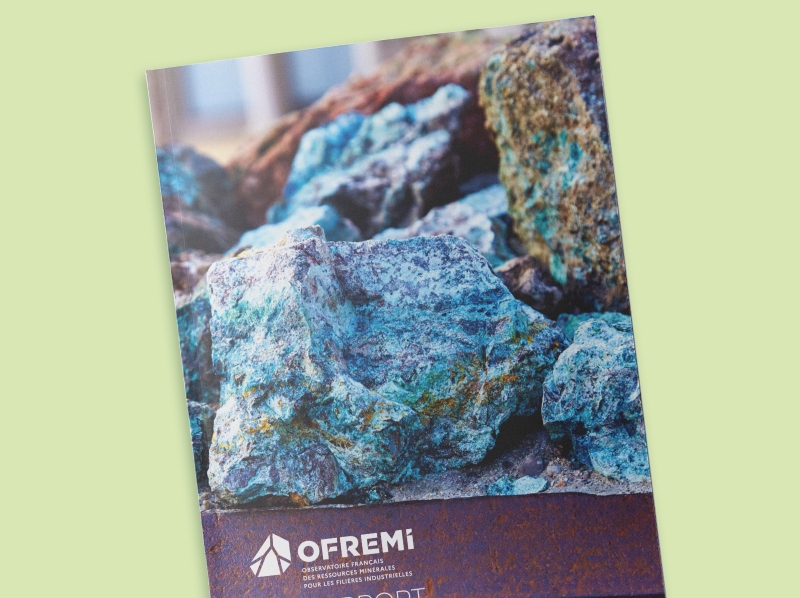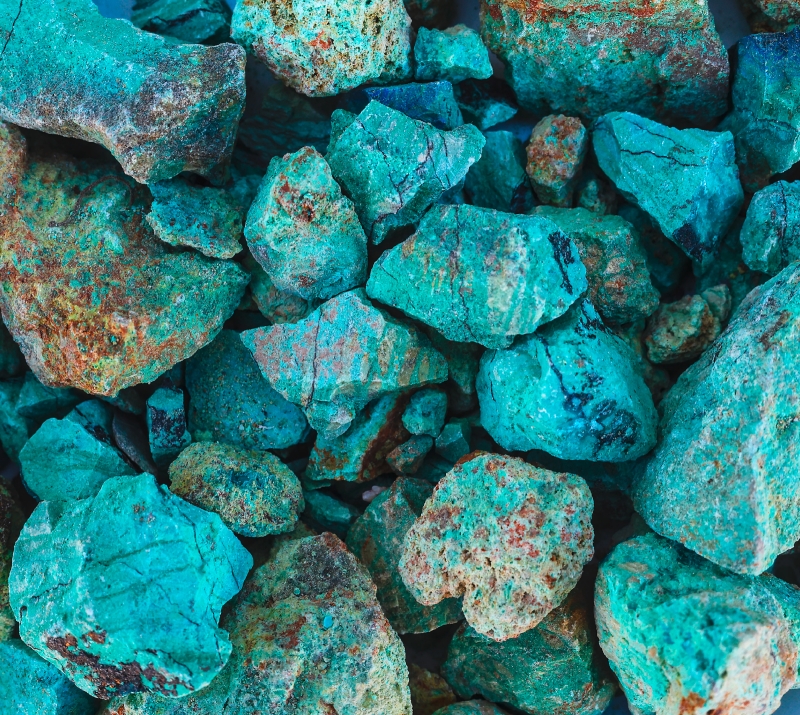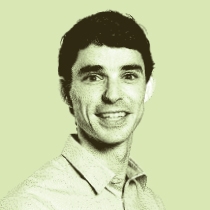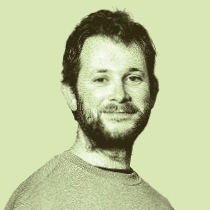Mineral resources and responsible supply
Outstanding result / OFREMI is spearheading mineral intelligence
Since 2023, OFREMI has been implementing the road map established by its strategic committee, which brings together government institutions and key industrial sectors. The Observatory relies on the multidisciplinary and multi-themed workforce within its six partner institutions – the French Atomic Energy and Alternative Energies Commission (CEA), the French Petroleum and New Energies Institute (IFPEN), the French Ecological Transition Agency (ADEME), the French Institute for International Relations (IFRI), the French National Conservatory of Arts and Crafts (CNAM) and BRGM, which heads up the initiative – with expertise in resource geology, industrial technologies, market intelligence, geopolitical risks and environmental impacts. It is also supported by the French mineral resources ecosystem, through which it can access a wealth of expertise and data to successfully complete tasks such as monitoring global value chains, estimating the need for and criticality of various minerals, quantifying supply risks and providing suggestions for action.
Recommendations underpinned by collaboration
The sharing of knowledge and skills was leveraged in particular to conduct research on copper. “This metal, which is already used in all industrial sectors, is facing a surge in demand caused by the growth in electric vehicles,” says Mathieu Leguérinel, who is in charge of this initiative. “The industrial sector in France could face copper shortages if nothing is done.” To alleviate the tensions caused by demand-supply gaps, OFREMI provides recommendations, developed in collaboration with all stakeholders, which include a national copper strategy and developing secondary production to leverage the growth of recycling in France.
Environmental issues are part and parcel of the observatory’s work on supply chains. This lens has been used to evaluate the world’s two main lithium production processes, based on extracting the mineral from brine, in South America, and from rock ore, in Australia and China. “In a context where lithium extraction projects are emerging on European soil, either from geothermal fluids or rock ore, there was a need for a consistent international benchmark for assessing the environmental footprint of these different processes, using a harmonised methodology,” says Frédéric Lai, project leader. “The goal is to promote the environmental benefits of the European lithium industry, in terms of carbon emissions and water use, which give it its competitive edge.”
The demand for copper is constantly increasing, driven by the growing demand for electrical vehicles. © Adobe Stock
Practical demonstrations
While OFREMI has set up a “direct line” to provide the time-critical support that government, industrial and private-sector players need to identify the best possible course of action in the event of mineral resource shortages, it is committed to raising awareness of the need to secure supply beyond the short term. It does this by carrying out practical demonstrations: “By mapping the value chain of a given mineral, as we have done for gallium, germanium and graphite, we are able to identify the links with the highest vulnerability and simulate real-life situations by applying a disruptive ‘stress’ factor on the ‘weaker links’,” says Gaétan Lefebvre, OFREMI’s coordinator. “We then get an idea of what the consequences would be, including the financial cost, which we call the ‘cost of business as usual’.” The findings of this work support enhancing crisis preparedness, including through the establishment of appropriate prevention measures.
Gallium is part of the value chains of many industries. Mapping these value chains helps to identify related vulnerabilities with a view to securing supply. © Ofremi
OFREMI’s expertise on critical mineral value chains has elevated it to a prominent position on a European scale. In this context, BRGM became the obvious choice for coordinating the third component of the European SCRREEN project, which began in 2024. The SCRREEN-3 project is implemented by a consortium of fifteen partners, including geological surveys, research organisations and trade associations. It uses the observatory’s intelligence and data to provide technical support to the European Commission with regard to more than 80 mineral commodities, 34 of which are considered of critical and 17 of strategic importance for the energy and digital transitions, and potentially for defence as well in the future. “We provide an overall view of global supply chains, with a particular focus on environmental, social and governance (ESG) issues, and this is where SCRREEN-3 adds value,” says Lefebvre, who is also coordinating this project. Here again, the aim is to guide users towards more secure and responsible supply chains.
According to OFREMI, the demand-supply gap for copper is set to reach approximately 6 million tonnes in 2035 in a “business-as-usual” scenario, and may be reduced to under 2.7 million tonnes if sobriety measures are taken. © Ofremi










